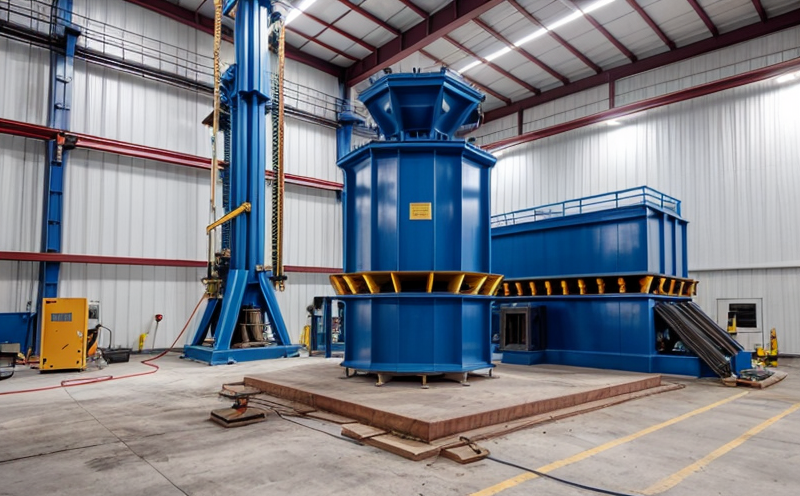ASTM E756-05 Structural Damping Measurements
The ASTM E756-05 standard method is a critical tool in understanding and quantifying structural damping in materials, which is essential for the design and analysis of structures exposed to dynamic loads. Structural damping refers to the energy dissipation within a structure due to internal friction, which can significantly influence the performance, durability, and safety of various constructions.
The ASTM E756-05 procedure involves applying a controlled oscillatory excitation force to a specimen and measuring its response over time. The primary objective is to determine the energy dissipation characteristics by calculating the damping ratio (δ). This value indicates how efficiently the structure dissipates vibrational energy, which can help in optimizing design for minimizing unwanted vibrations or ensuring compliance with regulatory requirements.
Materials like metals, polymers, and composites are commonly tested under this standard. The testing setup typically includes a shaker to apply the excitation force and sensors to measure displacement, acceleration, and velocity of the specimen. The frequency range over which these tests can be conducted is extensive, ranging from low-frequency vibrations in civil engineering structures to higher frequencies relevant for aerospace components.
Understanding structural damping through ASTM E756-05 testing enables engineers to predict how a structure will behave under varying conditions and ensures that the designed elements meet stringent performance criteria. This knowledge is pivotal in sectors such as automotive, aerospace, construction, and manufacturing where vibration control is paramount for safety and efficiency.
The standard is widely used in industries like automotive manufacturing, where it helps in reducing engine noise and improving vehicle dynamics by minimizing unwanted vibrations. In the construction sector, ASTM E756-05 supports the development of resilient buildings capable of withstanding seismic events or other dynamic stresses without compromising structural integrity. Additionally, aerospace applications benefit from this method to ensure that critical components remain stable under extreme conditions.
Testing according to ASTM E756-05 involves several key steps: selecting appropriate materials and specimens, applying the correct excitation force, recording displacement and acceleration data accurately, and analyzing results using specific formulas provided in the standard. The accuracy of these measurements directly impacts the reliability of subsequent analyses and predictions.
Several important considerations must be taken into account when performing ASTM E756-05 tests: ensuring that environmental factors do not interfere with measurement accuracy, properly calibrating all instruments involved, and adhering strictly to recommended procedures outlined in the standard. Proper specimen preparation is also crucial; any imperfections or inconsistencies could lead to erroneous results.
In conclusion, ASTM E756-05 structural damping measurements play a vital role in ensuring that structures perform optimally under dynamic loading conditions while maintaining high levels of safety and reliability. By providing accurate data on energy dissipation characteristics, this method supports informed decision-making processes across multiple industries.
Applied Standards
| Standard Name | Description |
|---|---|
| ASTM E756-05 | This standard specifies the procedure for determining structural damping by measuring energy dissipation during cyclic loading at a constant frequency. |
| ISO 18431:2019 | A similar international standard focusing on modal testing of mechanical systems to assess their dynamic behavior. |
| EN ISO 18431-1:2017 | This European standard provides guidance for the measurement and evaluation of structural damping in buildings and structures. |
Benefits
- Enhances safety by ensuring structures withstand dynamic loads without failure.
- Promotes efficient design through accurate prediction of energy dissipation.
- Aids in compliance with regulatory requirements for various industries.
- Supports continuous improvement initiatives aimed at reducing noise and vibration levels.
- Facilitates better understanding of material properties under oscillatory stress.
Quality and Reliability Assurance
- Calibration of all instruments used in the testing process to ensure precision.
- Strict adherence to ASTM E756-05 guidelines during every phase of testing.
- Regular maintenance of equipment to prevent degradation over time.
- Inclusion of quality checks at multiple stages of testing for added assurance.





